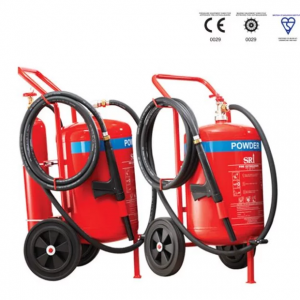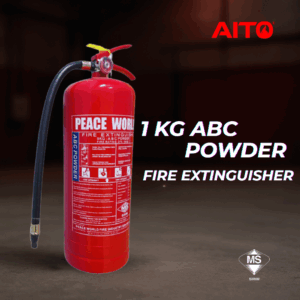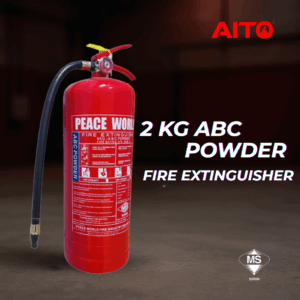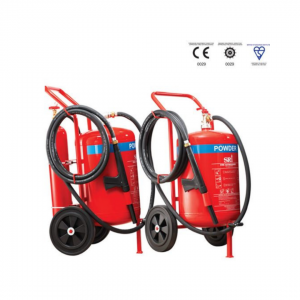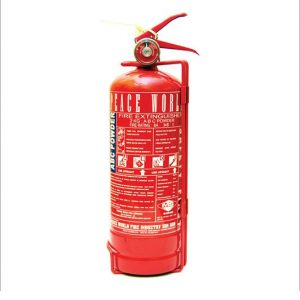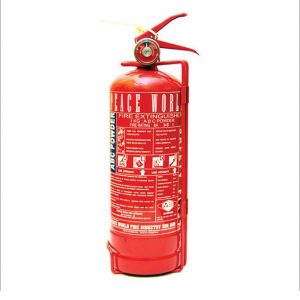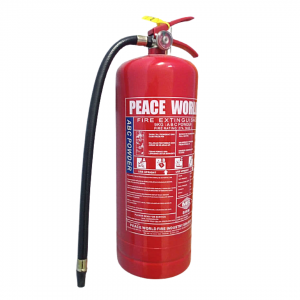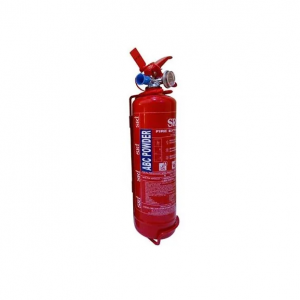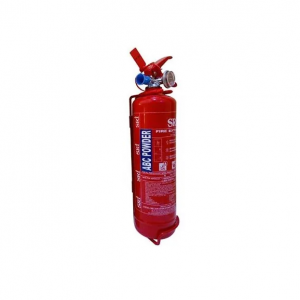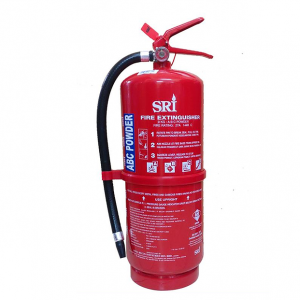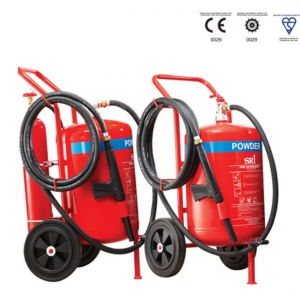Firefighting Foam Tool for Fire Suppression
Firefighting foam is a crucial tool in the arsenal of fire suppression techniques, particularly effective against flammable liquid fires, such as those involving gasoline, oil, and other hydrocarbons. Its ability to rapidly extinguish fires, prevent re-ignition, and cool affected areas makes it indispensable in many industrial and emergency response scenarios. This article explores the types, mechanisms, applications, and environmental considerations of firefighting foam.
Types of Firefighting Foam
- Class A Foam: Designed for use on ordinary combustibles like wood, paper, and brush. It reduces the surface tension of water, allowing it to penetrate and extinguish fires more effectively.
- Class B Foam: Used for fires involving flammable and combustible liquids. It is further divided into:
- Aqueous Film Forming Foam (AFFF): Creates a film on the surface of flammable liquids, preventing vapors from escaping and thus smothering the fire.
- Alcohol-Resistant Aqueous Film Forming Foam (AR-AFFF): Similar to AFFF but designed to be effective against alcohol-based liquids that can break down regular AFFF.
- Protein Foam: Made from natural protein sources, providing a thick foam blanket that smothers the fire.
- Fluoroprotein Foam: A blend of protein foam with fluorochemical surfactants, offering better flow and spread on fuel surfaces.
- High-Expansion Foam: Used in confined spaces such as ship holds, basements, and mines. It expands significantly to fill large volumes, smothering the fire by displacing oxygen.
Mechanisms of Action
Firefighting foam works through several mechanisms:
- Smothering: The foam blanket cuts off the fire’s oxygen supply.
- Cooling: The water content in the foam cools the fire and the surrounding area.
- Separating: Foam forms a barrier between the fuel and the fire, preventing the fuel from vaporizing.
- Suppressing Vapors: The foam blanket prevents flammable vapors from escaping, reducing the risk of re-ignition.
Applications Firefighting Foam
- Industrial Settings: Refineries, chemical plants, and other industrial sites often use firefighting foam due to the high risk of flammable liquid fires.
- Aviation: Airports use foam to combat fuel fires in aircraft emergencies.
- Marine: Ships and offshore platforms are equipped with foam systems to handle fuel and chemical fires.
- Municipal Fire Departments: Many fire departments use foam for various emergencies, including car fires, fuel spills, and structural fires involving flammable liquids.
- Military: Military bases and vehicles use foam to handle potential fires involving fuel and hazardous materials.
Environmental Considerations
While firefighting foam is highly effective, it raises environmental concerns, particularly with certain types of foam:
- PFAS Contamination: Some foams, particularly AFFF, contain per- and polyfluoroalkyl substances (PFAS), which are persistent environmental pollutants linked to adverse health effects. Many countries are moving towards phasing out PFAS-containing foams.
- Biodegradable Options: Newer foams are being developed to be more environmentally friendly, focusing on biodegradable and less toxic formulations.
Regulations and Best Practices
To mitigate environmental impacts, regulations and best practices have been established:
- Proper Disposal: Foam residues and runoff should be collected and treated to prevent environmental contamination.
- Training and Drills: Use of environmentally friendly training foams for drills to minimize exposure to harmful chemicals.
- Transition to Safer Alternatives: Encouraging the use of fluorine-free foams and other safer alternatives.
Firefighting foam remains an essential component of modern fire suppression strategies. Its ability to quickly and effectively combat flammable liquid fires makes it invaluable in various settings, from industrial sites to emergency response scenarios. However, balancing its use with environmental considerations and transitioning to safer alternatives are crucial steps forward. By understanding the types, mechanisms, and applications of firefighting foam, along with adhering to regulations and best practices, we can continue to harness its benefits while minimizing its impact on the environment.




